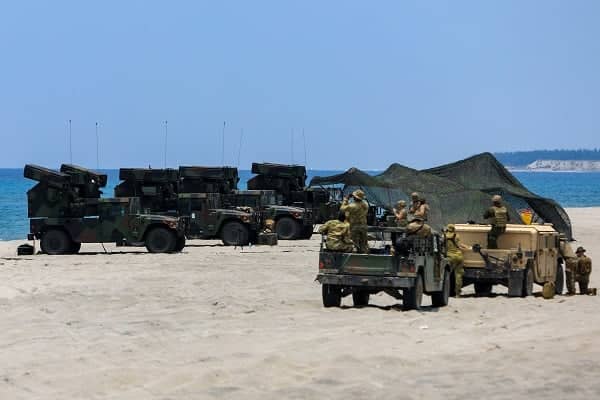
"While the world's attention is fixed on Ukraine another flashpoint could ignite an even greater conflict. Just 112 miles from China's coast lies Taiwan, an island of 23 million people facing 1.4 billion people and the world's largest army. "For Beijing, it's not just territory, it's destiny. For Washington, it's a red line." "Taiwan's military posture is built around a core strategic principle known as the porcupine strategy or asymmetric defence. The goal is not to defeat the numerically superior PLA of China in a conventional war, but to make an invasion so difficult, so costly and so bloody that Beijing is deterred from ever attempting it.""
""The Air Force is the first line of defence tasked with contesting air superiority over the Taiwan Strait, and against initial waves of missile strikes," Ingram says. The backbone of the fighter fleet is the recently upgraded F-16 Vipers, one of the most advanced fourth generation fleets in the world. This is supplemented by domestically produced jets and the French made Mirage 2000 jets. "The Navy's role is to challenge the People's Liberation Army Navy in the strait, prevent a naval blockade, and to deploy sea mines to make the invasion routes treacherous.""
Chinese President Xi Jinping seeks to bring Taiwan under Beijing's control because Taiwan is central to global trade and aligned with the United States. China has built up its army and navy, raising the risk of a major confrontation. Taiwan adopts an asymmetric porcupine defense aimed at deterring invasion by making amphibious assault prohibitively costly. Taiwan's air assets, centered on upgraded F-16 Vipers plus domestic jets and Mirage 2000s, aim to contest air superiority and blunt missile strikes. Taiwan's navy focuses on contesting the strait, preventing blockades and using sea mines to render landing routes hazardous.
Read at London Business News | Londonlovesbusiness.com
Unable to calculate read time
Collection
[
|
...
]